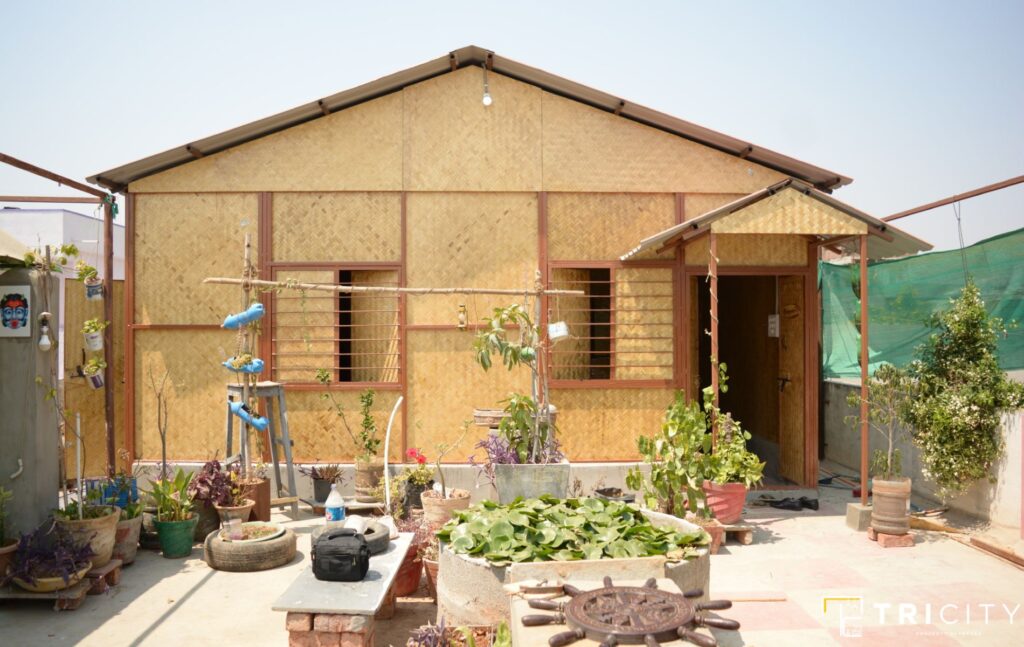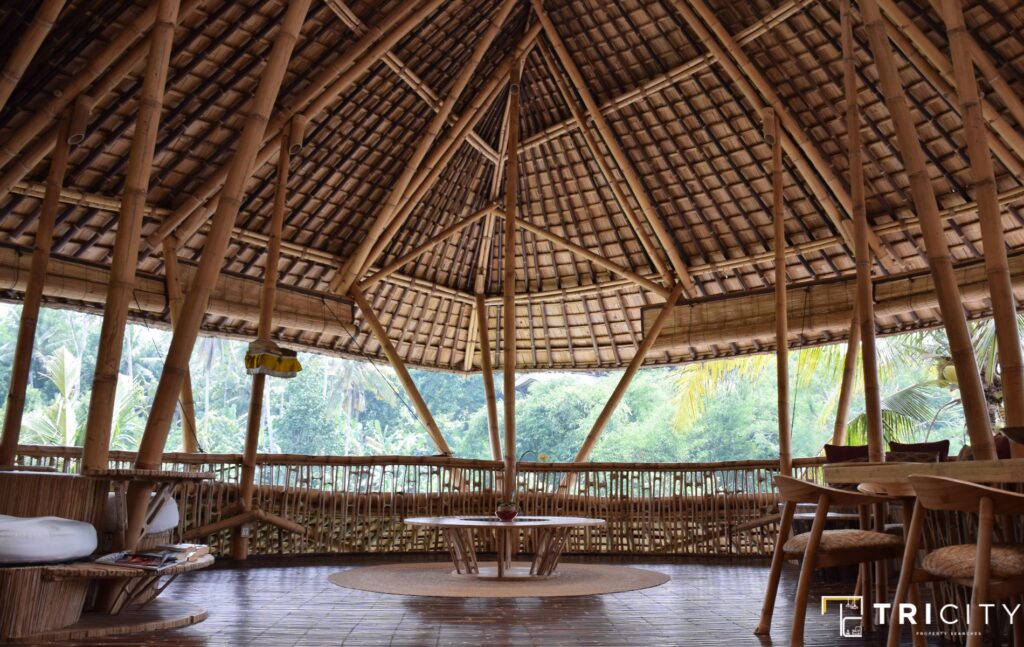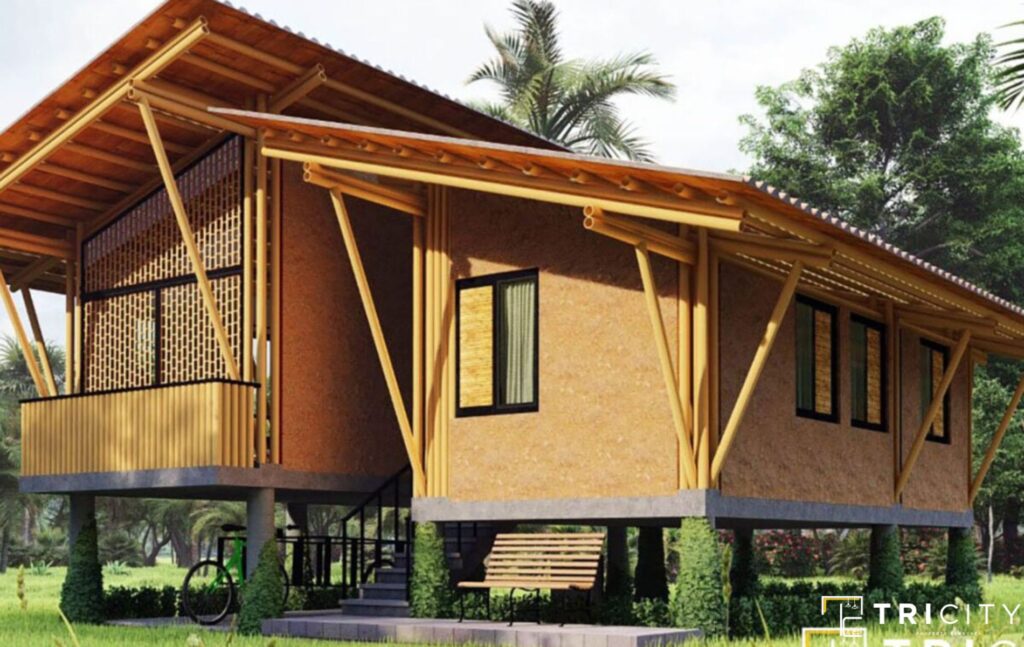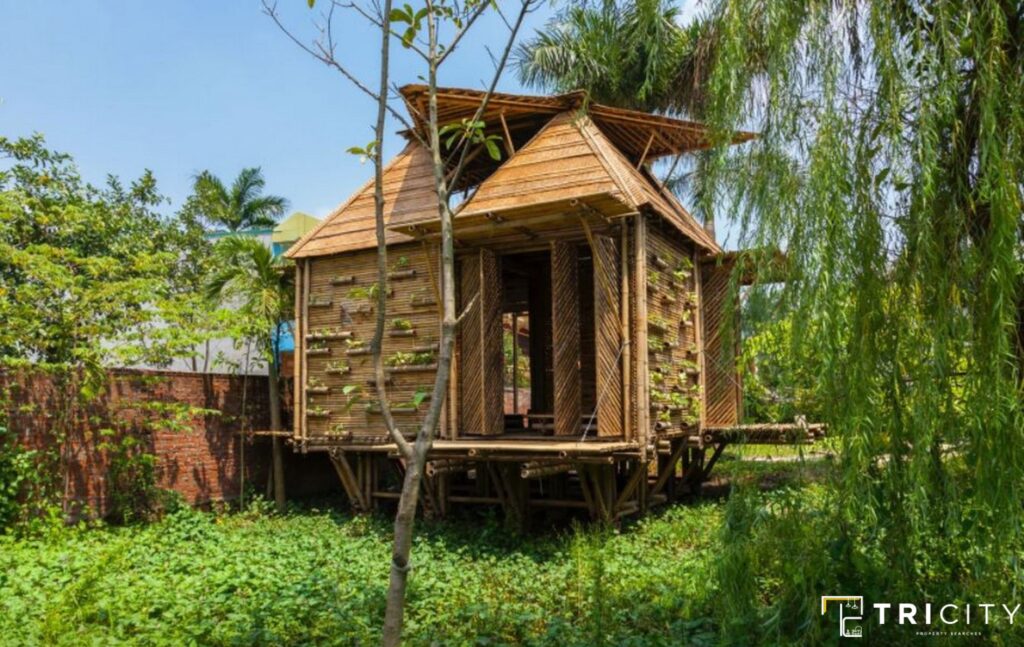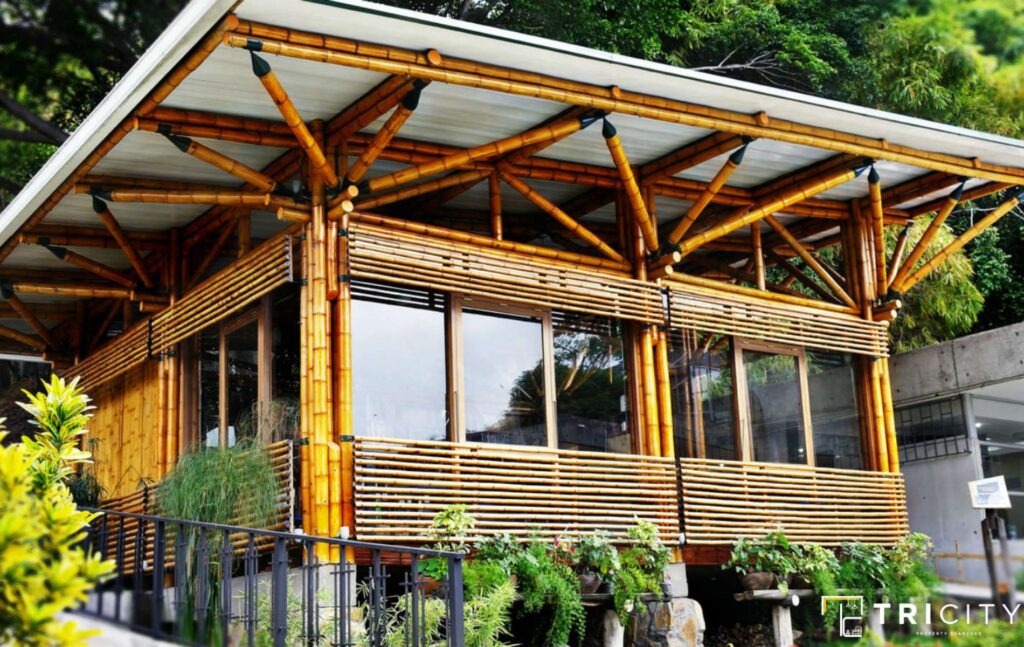Bamboo is one of the most versatile construction material that the building industry has ever seen, and low cost bamboo house design is not only a cheap and safe choice, but also a one that adds to the overall strength and sustainability of the structure.
Low Cost Bamboo House Design
Here’s all you need to know about low cost bamboo house design.
Pricing

Bamboo is a predominantly found in the tropical and sub-tropical regions in abundance, and a typical design may cost as less as US $450. The local sourcing allows to keep the costs to a minimum, making it a popular choice for NGOs working with social housing programs. This house design is also an efficient shelter option in case of natural calamities or emergencies.
Species

There are over 1500 species of bamboo all around the globe, however, there are only about 90 species that have been documented for their use in construction. Some tropical varieties suitable for building and construction are Guadua, Dendrocalamus and Bambusa – Balcooa, Nutans and Polymorpha.
Guadua bamboo is considered to be the strongest bamboo in the world, and is used for a wide range of building applications – South America sees a wide use of this species in the construction or engineered laminated panels.
Prepping

Bamboo for construction may be sourced very close to the building site, or is transported by truck in case sourced at some other local spot – it is usually stockpiled at the site. The first step to prepping bamboo for low cost bamboo house design is by measuring and cutting the stems to suit the length, width and height of the proposed structure.
Then the bamboo is usually split along the length to form individual strips. The strips are then cleaned by shaving to remove any residual build up. Bamboo strips are not ready to be woven together!
Building

Low cost bamboo house design often has woven bamboo wall panels. Strips are woven in an alternating pattern over an inner structure of bamboo battens, and are also flipped over on the backs every few courses. All this adds to the structural stability of the element along the entire height of the wall.
Then comes the next stage – installation – which is surprisingly the easier of the two! The bamboo wall panels are held upright in place and tied to the structural columns at various heights with wire. The orientation of bamboo strips for the wall panels may be changed as per personal preferences.
Finishing

Bamboo houses may be frequently plastered with cow dung, especially in the Hindu communities. The inner layer of plaster acts as a thermal insulator as well as a shield from the natural forces of wind and rain.
Walls are plastered on the bottom half on the exterior to protect them from rotting and water damage as well as any bugs that may bite at the bamboo at ground level. Bamboo is also often used as an exterior fence for properties.
Advantages
This type of design has a wide range of advantages that makes it a promising building approach for the near future.
It is one of the most sustainable building materials that absorbs a high amount of pollutants and CO2. It is an apt choice for coastal homes as it helps prevent soil erosion. Owing to its light self weight, it does not need a massive heavy foundation. Simple panels plastered from the inside and outside create a cost-effective structure. Bamboo also has a high resistance to earthquakes and can withstand high velocity winds.
Apart from the structural properties, bamboo gives an earthy and cozy ambience to the house. Bamboo furniture lends a rustic charm and an elegant look to the interiors.
Time To Build
A low cost bamboo house design is a basic shelter. An approximate 1000 square feet of structure will take about 7 to 10 days to be built. When built professionally for durability including proper installation and maintenance, a bamboo house can last a lifetime. An average lifespan of 30 to 50 years is quite common for a bamboo house.
Design Images











